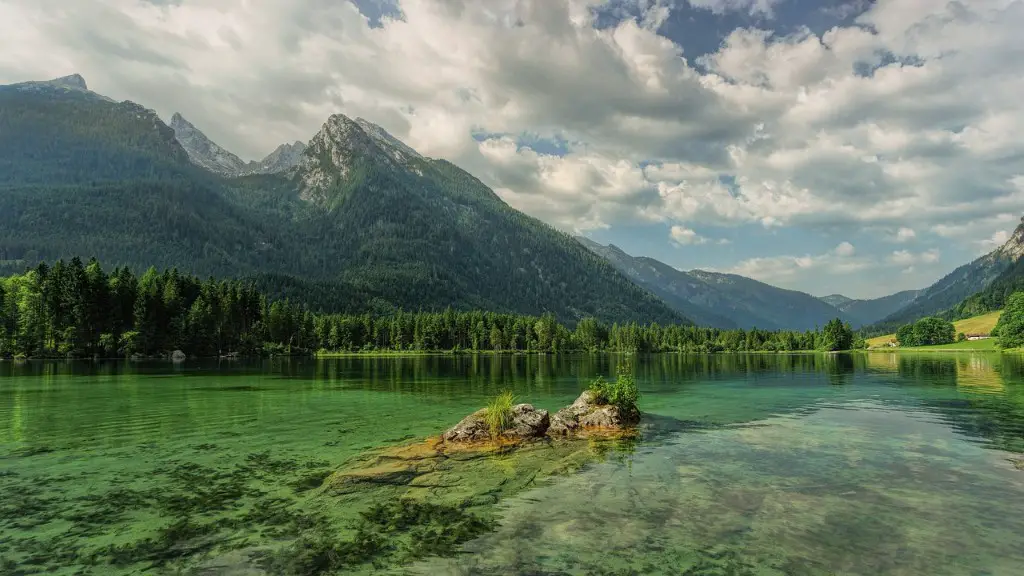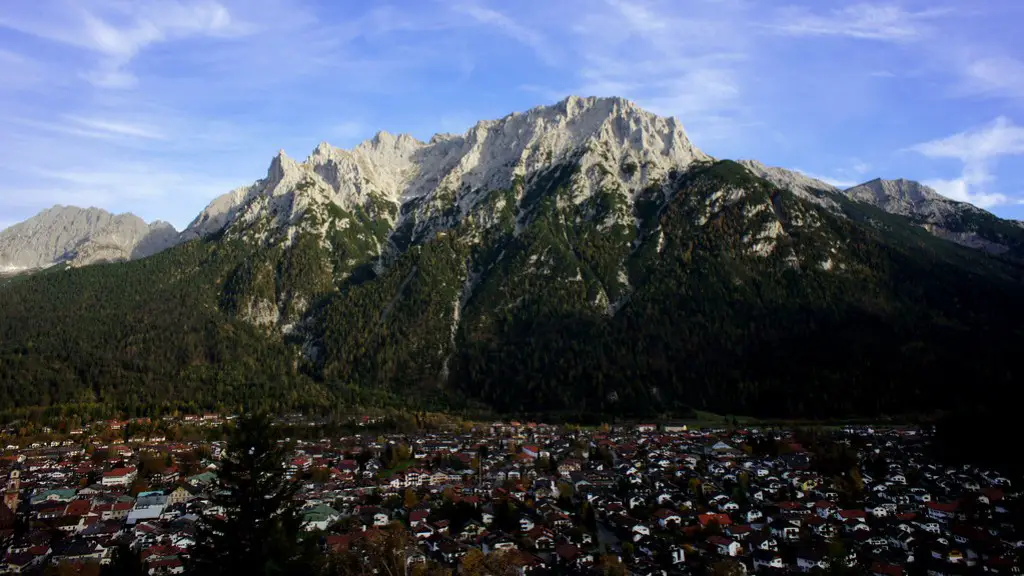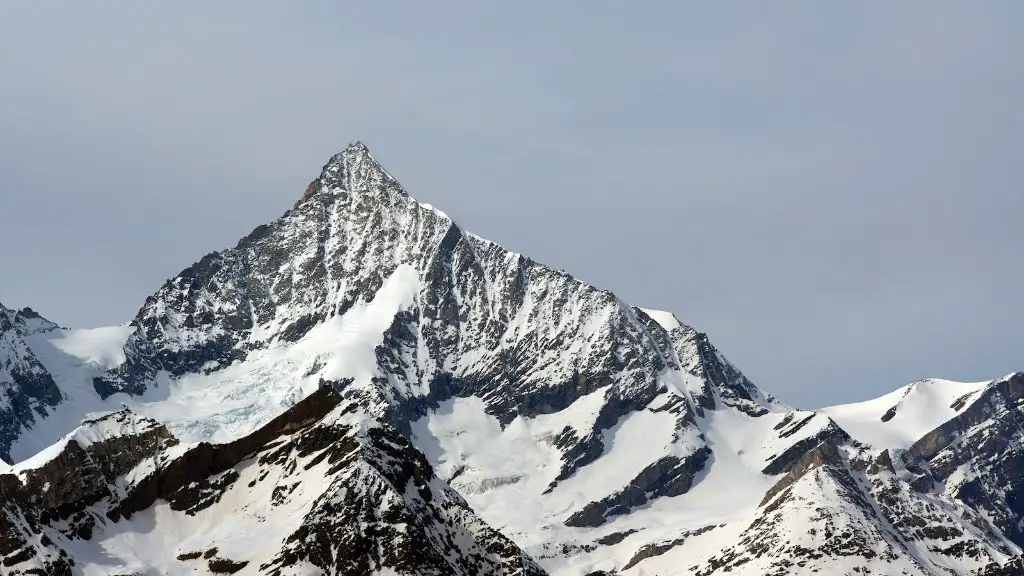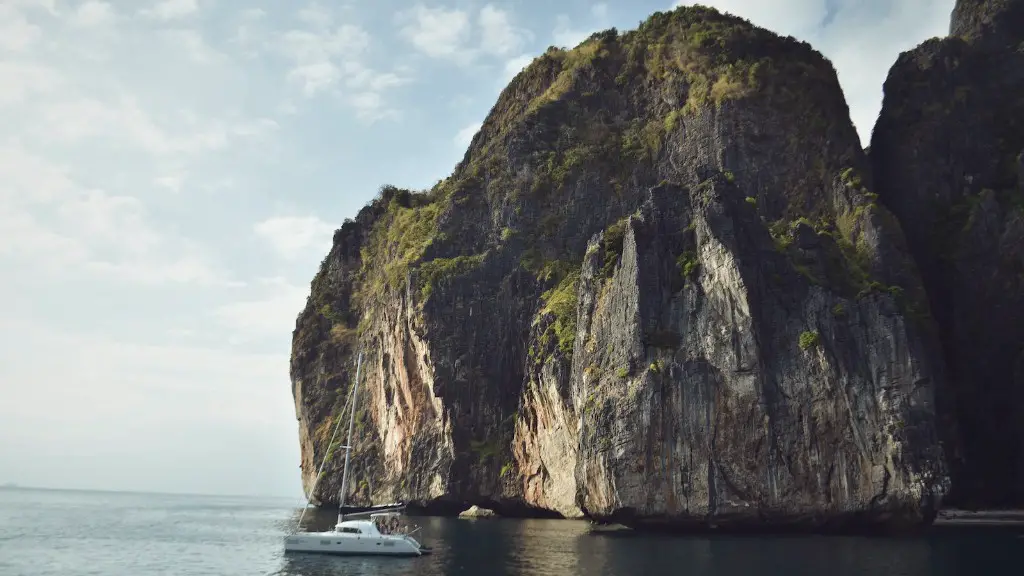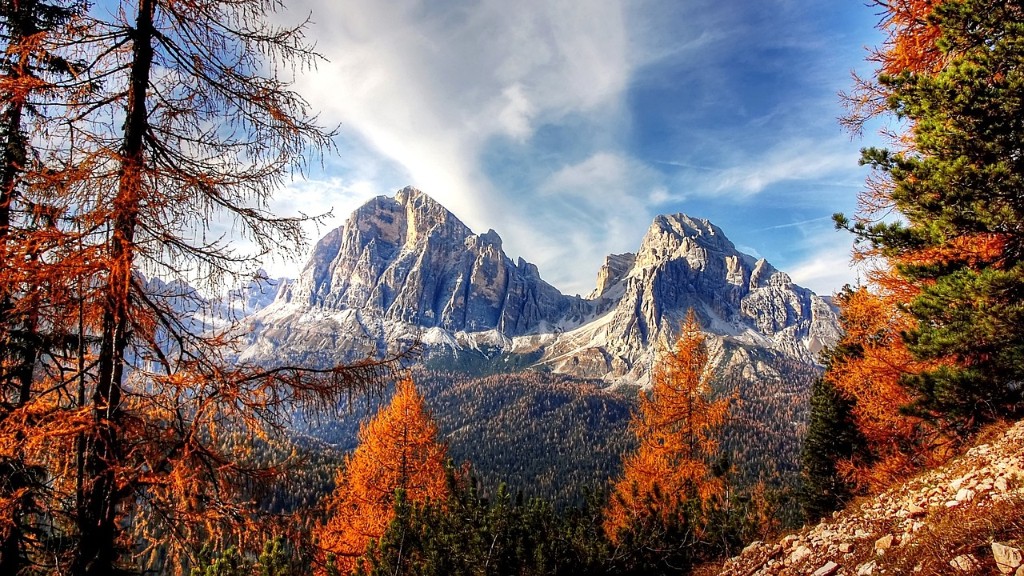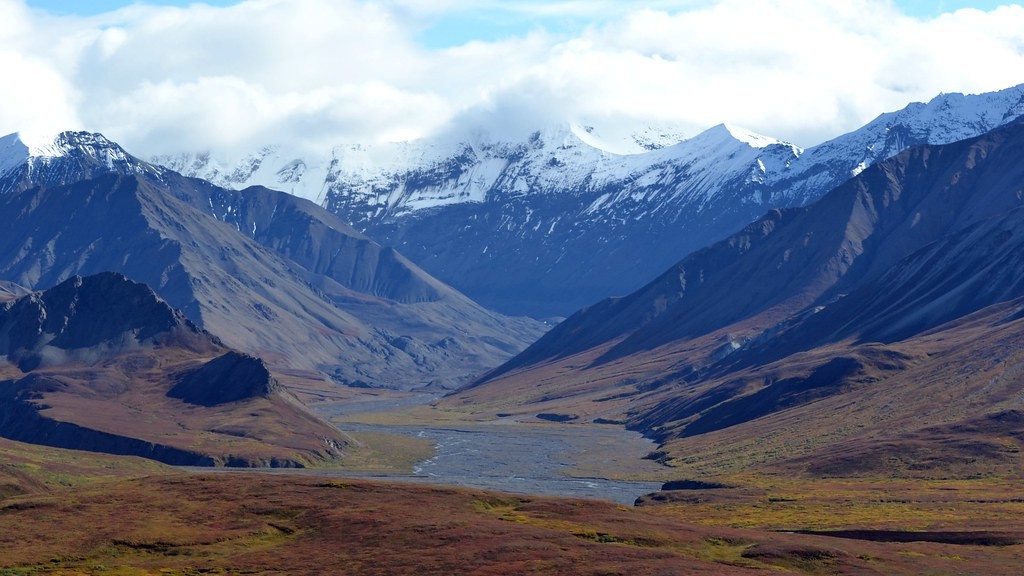Mount Fuji is a active volcano. It is located on Honshu Island in Japan. It last erupted in 1707.
Yes, Mount Fuji is an active volcano. It last erupted in 1707 and is due for another eruption.
Will Mount Fuji erupt again?
Mt. Fuji is an iconic symbol of Japan and is one of the most popular tourist destinations in the country. However, few people are aware that Mt. Fuji is also an active volcano that has erupted about 180 times over the past 5,600 years. The most recent eruption was more than 300 years ago, the Hoei eruption of 1707, and experts anticipate that another eruption could occur again before long. While the chances of an eruption happening while you’re visiting Mt. Fuji are relatively slim, it’s still something to be aware of if you’re planning on hiking to the summit.
Mt Fuji is still considered an active volcano because the last time it erupted was more than 300 years ago. Even though it hasn’t erupted in a while, it is still classified as an active volcano because it could erupt again at any time.
What happens if Mount Fuji erupts
The eruption of Mt Fuji would force nearly one million people to be evacuated from their homes. Globally, it would disrupt supply chains around the world since no ships would be able to navigate Tokyo Bay. Now, Japan is among the top-five exporters of goods around the world. Consequently, a potential eruption of Mt Fuji could have devastating effects not just for Japan, but for the global economy.
Volcanoes are one of the most unpredictable natural phenomena on earth. Just because Yellowstone hasn’t had a major eruption in over 600,000 years doesn’t mean that it is “overdue” for one. Even if Yellowstone were to have an eruption tomorrow, it would not be considered “overdue” because there is no such thing as a predictable eruption schedule for volcanoes.
When did Mt. Fuji last explode?
At present, there have been no eruptions from Mt. Fuji since the Hoei eruption in 1707-1708, which occurred around 300 years ago. This is the longest period of time that the mountain has been dormant, and scientists are not sure why it has been so long since the last eruption.
Large eruptions occur about every 500 years. Accounts of the most recent major eruption, in December 1707, note that ash darkened the midday sky as far as Edo (present-day Tokyo) and buried temples and dwellings near the mountain.
Is Mount Fuji explosive or quiet?
This is an interesting topic to note. Fuji has erupted both explosively and effusively, with the two largest eruptions in the last 2000 years having different styles. The 864-866 CE Jogan eruption was effusive, while the 1707 Hoei eruption, the most recent eruption, was explosive. It is interesting to note the differences in styles between the two eruptions.
It is interesting to note that the iconic Mount Fuji is actually owned by Fujisan Hongū Sengen Taisha, a private organization that owns more than 1,300 temples around Japan. This is a testament to the importance of the mountain in Japanese culture and history. Given the significant role that Mount Fuji plays in Japanese culture, it is understandable why the organization would want to protect and preserve the mountain.
Could Mount Fuji destroy Tokyo
A volcanic eruption in Tokyo would be a disaster of unimaginable proportions. The city is the most populous in the world and is only about 80 miles from Mount Fuji, an active volcano. Volcanic ash would cover the city, causing buildings and roads to collapse and disrupting flights. The economic and human cost would be staggering.
The eruption of Mt Fuji is long overdue and could happen at any moment! Be prepared and stay safe!
Did Mt. Fuji cause a tsunami?
The massive earthquake that preceded Fuji’s Hoei eruption is estimated to have had a magnitude of 86. This earthquake likely triggered the primed Fuji to erupt, causing extensive damage and loss of life. It is difficult to untangle the death toll and damage from these disasters, but it is clear that they were significant.
The United States is home to three active supervolcanoes, the USGS has determined: The famous Yellowstone, Long Valley and the Valles Caldera in New Mexico. All three have the potential to cause devastating eruptions, and Yellowstone is long overdue for one. Scientists are keeping a close eye on all three, and while there’s no immediate danger, it’s important to be aware of the risks.
Can we survive if Yellowstone erupts
A large explosive eruption at Yellowstone will not lead to the end of the human race. However, it would be a major disaster with widespread consequences. It would cause widespread destruction and death, and it would have a devastating effect on the global economy. Additionally, the eruption could trigger a chain reaction of other volcanic eruptions around the world.
A magnitude-eight eruption is certainly something that we cannot imagine. Something of that size and power would be absolutely devastating. And, unfortunately, we do have a bit of a history when it comes to supervolcanoes. The most recent super eruption was of New Zealand’s Taupō volcano, which occurred around 26,500 years ago. That’s certainly not something that any of us want to see happen again.
Did Mt. Fuji erupt violently?
As of 2019, the most recent eruption of Mt. Fuji was in 1707. Since then, there have been no eruptions. However, Mt. Fuji is still an active volcano, and scientists believe that it is only a matter of time before the next eruption.
The two largest eruptions in the last 2000 years were of different styles. The 864–866 CE Jogan eruption was effusive, while the 1707 Hoei eruption was explosive.
Effusive eruptions are characterized by the outpouring of lava from the volcano. This type of eruption is often less dangerous than explosive eruptions, as the lava flows tend to be slow-moving and not as explosive.
Explosive eruptions, on the other hand, are characterized by the explosive release of gas and ash from the volcano. This type of eruption can be much more dangerous, as the ash can be deadly if inhaled, and the lava flows can be fast-moving and destructive.
It is not yet known what type of eruption Mt. Fuji will have when it does erupt again. However, scientists are monitoring the volcano closely, and they will be able to provide warnings and evacuation orders if necessary.
The Hōei eruption of Mount Fuji was a large scale volcanic eruption that began in December 16, 1707 and ended in February 24, 1708. The scale of the eruption was rated at a 6 on the Volcanic Explosivity Index, making it one of the largest eruptions in Japanese history. The eruption caused great damage to the surrounding area, with many homes and villages being destroyed. Even today, the eruption is considered to be one of the most disastrous in Japanese history.
What are 5 facts about Mount Fuji
1. Mount Fuji is three volcanoes in one.
2. Women were forbidden to climb it until 1868.
3. It is a sacred mountain.
4. It was first climbed by a monk.
5. It is a symbol of Japan.
6. It is an active volcano.
7. It last erupted in 1707.
8. It is surrounded by five beautiful lakes.
9. It is a popular tourist destination.
10. It is a UNESCO World Heritage Site.
The most recent eruption of the Mt. Shasta volcano occurred in 1707-1708 from a vent on the southeast side of the cone. This eruption ejected 08 cubic km of ash, blocks, and bombs. Five historic eruptions have caused damage, including the 1707-1708 eruption, but no fatalities.
Conclusion
Mount Fuji is not currently an active volcano. However, it is considered a potentially active volcano because it has erupted several times in the past.
No, Mount Fuji is an inactive volcano.
